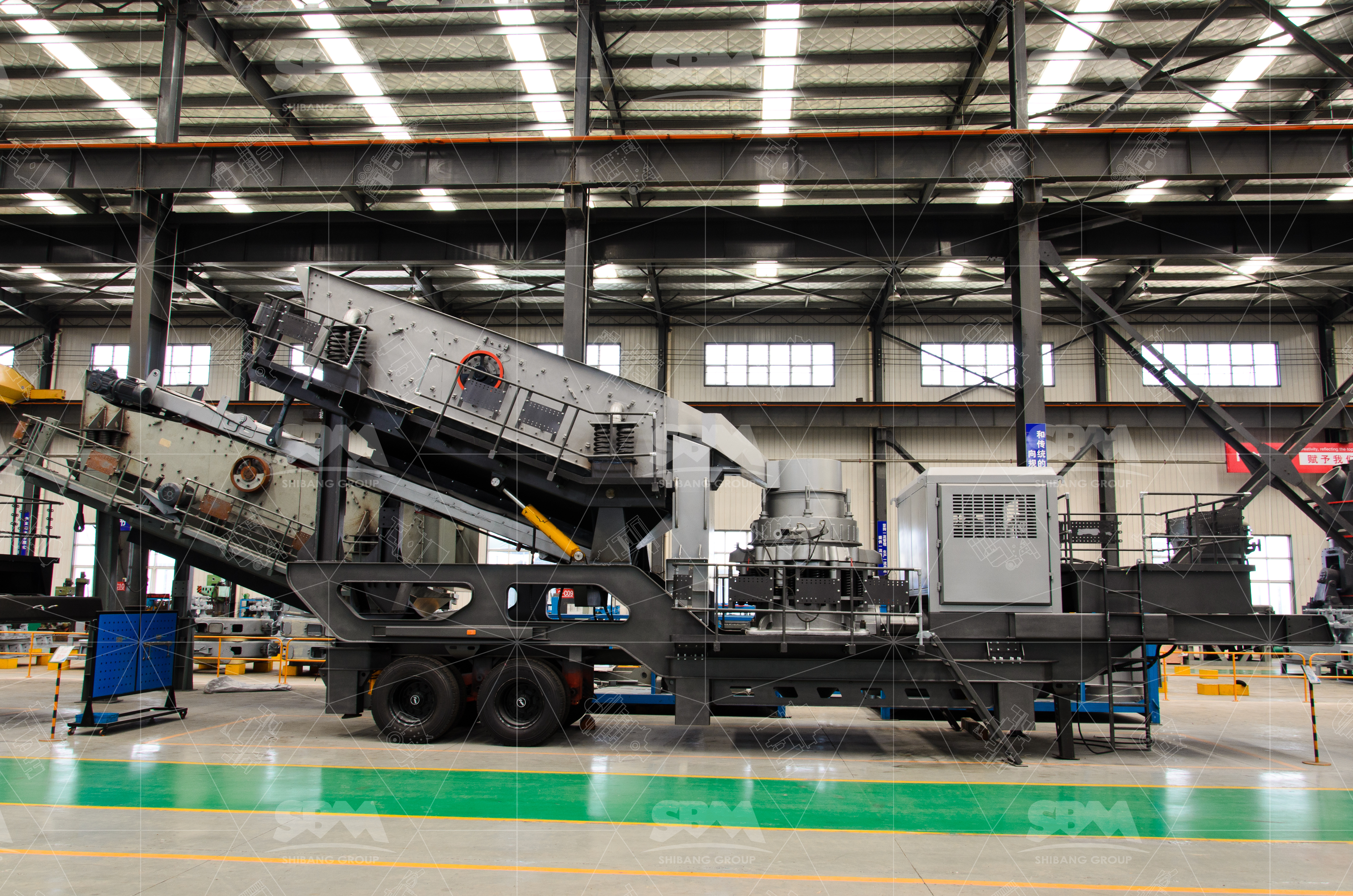
Gold ore extraction always demanding advanced stone-crushing equipmnt. In mining site´s, comminution is the very first operation of mineral treatment, and device selection determins next–step efficiency. Crushers vary by workng principle, througput, feed openng size,, discharge range and energy effect. Based on industry site cases; gold mines often utilize diverse crusher models, each with clear mechanical structurs and parametric limits.
The jaw breaker is still primery gear for gold-ore treating. It applies compress force,, with a static jaw + a movable jaw shaping a V-shape cavity. Feeding dimension often reach 125–1500mm. Output adjust between 10–400 mm; reduction ratio mostly 4–6. From engineer records motor energy range 5.5kw – 220kw which giving stable throughput. Service interval average 6—8 month under abrasive ore.
Jaw crushers work best in dry climate when ore humidity lower than 7%;; Field analysis shows energy consumptn around 0.5–1.2 kWh per tonn. Reliability data suggest failure rate under 2% yearly if lubricatn preventive applied..
Impact type crushers using dynamic impact concept; with high–speed rotor and blow bar´s. Feeding usually below 500 mm, product grain 5–40 mm, crush ratio 10–25. Motor config 37–710 kw. Rotor speed 500–1500 rpm depending chamber-shape.
In gold-process plant, impact machines handle medium hard–ore and 2nd stage. Energy report indicates 0.7–1.5 kWh per ton. Because wear high, spare bars replacement each 3-4 week in nonstop duty.
Cone-type machines handle 2ndary and 3rdary. Principle: compression between mantle + concave. Input size ≤300 mm, output 3–60 mm adjustable. CSS (close side set) controls product fineness. Ratio 6–8.
Motor power 30–500kw. Chambers designed as coarse, mid, fine. Output 12–1000 t/h. Cones built with hydraulic adjust, overload shield. Energy usage 0.4–0.9 kWh/t. Production-lines confirm failure frequence <1.5% each year when oil is kept proper.
Hammer-style crushers fragment ore by speedy hammer head. Input ≤600 mm, discharge 0–60mm. Ratio up to 20. Motor 5.5–250 kw. Fit brittle gold ores lower silica. Capacity 5–200t/h.
Failure probability rise in high–moist mines; so drying machine often used upstream. Mainten interval only 2–3 weeks due wear. Energy ask 1.1–2.0 kWh per ton, higher than cone-crusher.
Gold projects in remote mountains usually need mobile system. Track or wheel base integrated jaw, impact, or cone. Feed ≤600 mm, capacity 30–650 t/h. Advantage is quick relocating, haulage saving.
Field records confirm diesel consumption ≈0.25 L per ton processed. Normal service check after 500 hrs running.
| Device | Input Size mm | Output mm | Throughput t/h | Power kW |
|---|---|---|---|---|
| Jaw Breaker | 125–1500 | 10–400 | 1–2200 | 5.5–220 |
| Impact Crusher | ≤500 | 5–40 | 30–800 | 37–710 |
| Cone Crusher | ≤300 | 3–60 | 12–1000 | 30–500 |
| Hammer Mill | ≤600 | 0–60 | 5–200 | 5.5–250 |
| Mobile Unit | ≤600 | Depend module | 30–650 | Diesel/Electr |
From cases in Africa and South America mines; crushers work under diverse humidity, dust,, ore hardness. Jaw units better for blocky ores; cone device dominate in fine-crush with stable particle sizing, impact machine´s excellent when high ratio demanded. Mobile set reducing civil build cost; especially in projects seasonal relocation.
Device choice rely on ore hardness (Moh scale), input dimension, required product fine,, energy budget, and climate. For quartz vein gold, cone + jaw arrangement optimal. For oxidized surficial ore; hammer or impact type reduce cost. Mobile modules better if ore body scattered.
Industry guide: always compute CSS as feed size d80. Motor sizing must fit load-curve avoid over-current. Prevent maintenance plan align with wear-stat from manuf guides.
Gold-mining always need correct crusher selection to secure throughput and decrease cost per ton. Based on case-studies; jaw, impact, cone, hammer, and mobile crushers each serve roles. Efficiency, wear part replace and adaptability defins economic value. By matching ore property with crusher param, mining enterprises ensures reliability and long device life.
Whatsapp:+8617329420102
Email: [email protected]
Address: No. 1688, Gaoke East Road, Pudong new district, Shanghai, China.
Online Service : Get Price
We value your feedback! Please complete the form below so that we can tailor our services to your specific needs.
